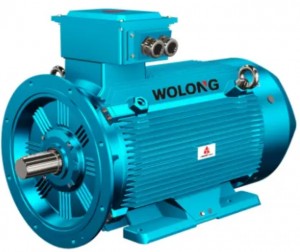The air gap refers to the space between the stator and rotor of an electric motor and plays a vital role in the electromagnetic processes that drive motor performance. This gap is more than just physical isolation; it’s an important part of the motor’s magnetic circuit. The size of the air gap significantly affects the efficiency, torque and overall performance of various types of motors.
For example, in three phase synchronous motors, the air gap is critical to maintaining magnetic field alignment between the rotor and stator. A smaller air gap enhances magnetic coupling, resulting in improved torque production and efficiency. However, if the air gap is too small, it may cause mechanical interference or increase wear, ultimately affecting the service life of the motor.
On the other hand, induction motors also show a strong dependence on the air gap. The air gap affects the slippage of the rotor and thus the efficiency of the motor. A well-calibrated air gap improves motor performance by minimizing losses due to leakage flux. Conversely, an excessively large air gap results in reduced magnetic flux, thereby reducing torque and efficiency.
In brushless DC motors, the air gap is equally important. The design of these motors is typically aimed at optimizing the air gap to achieve a balance between performance and manufacturing tolerances. A precise air gap allows for better control of the motor’s speed and torque characteristics, which is critical for applications requiring high precision.
Air gap is a fundamental aspect of motor design and directly affects the performance of different types of induction ac motors. Understanding the relationship between air gap and motor performance is critical for engineers and designers aiming to optimize motor efficiency, torque and life. As technology advances, further research into the effects of air gaps will continue to enhance motor design and applications across various industries.
Post time: Dec-20-2024


